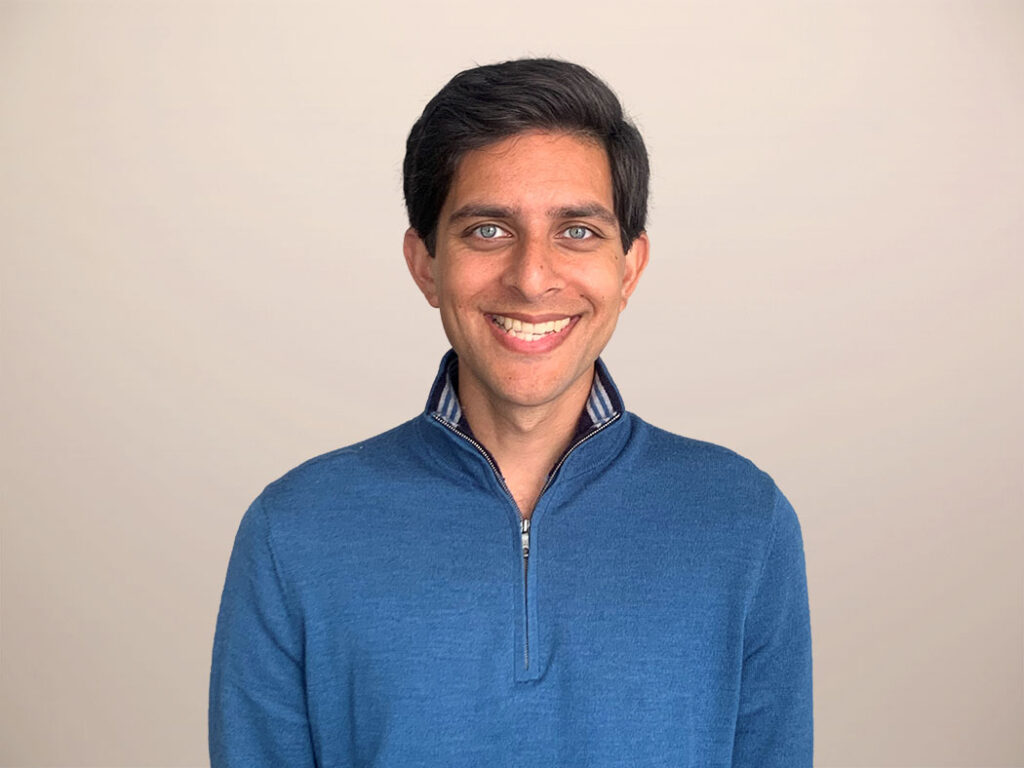This Year’s Upfronts Advanced TV’s Transformation
This year’s TV upfronts — the star-studded ritual full of sponsored content and fraught negotiations — were conditioned by macroeconomic uncertainty and TV’s digital transformation.
Volatility Leads To Flexibility And Consolidation
Publishers touted more flexible deals to appeal to advertisers’ uncertainty about consumers’ ability to weather tariff-induced thunderstorms. Ryan Gould, president of ad sales and client partnerships at Warner Bros. Discovery (WBD), assured advertisers that their deals would be “fully flexible” to account for macroeconomic volatility, while Rita Ferro, president of Disney Advertising, affirmed her company’s commitment to “being that strategic partner you can count on for flexibility” in the face of fickle consumers and geopolitical chaos.
Publishers also paraded their depth of offerings to help marketers derive more value from existing partnerships rather than stretch already-tight budgets. Consequently, NBCUniversal, Amazon, and Netflix cast themselves at the upfronts as one-stop shops for distinctive customer understanding, culturally resonant content, engaging ad formats, and robust adtech. NBCU, for example, showcased its wealth of live sports, including the Super Bowl and Winter Olympics, and new-fashioned viewing formats, including bingo cards that gamify NBA viewers’ experience. Amazon emphasized its original programming and more shoppable ad inventory. Netflix had the commissioner of the NFL, Roger Goodell, announce this season’s Christmas Day games and introduced the Netflix Ads Suite, bringing Netflix to parity with more mature ad platforms. Each positioned itself as a safe harbor for brands and agencies seeking low-risk return on ad spend.
TV’s Transformation Demands Cross-Screen Planning, Buying, And Measurement
TV’s digital transformation was on vivid display at the upfronts as publishers, advertisers, and measurement providers adapt to the continued convergence of linear and streaming TV. Viewers’ migration from linear to streaming TV has stabilized, affording both types of TV room to (re-)establish their value. Linear TV remains home to live, culturally salient tentpoles such as sports and award shows. Streaming TV is an increasingly effective way to replace lost reach on linear TV, engage viewers consuming TV on demand, and measure TV advertising’s impacts in near real time.
To help advertisers capitalize on both types of TV, WBD introduced NEO, offering buyers direct, consolidated access to linear and streaming TV inventory. Disney launched Compass to mitigate data’s fragmentation across types of TV.
Nielsen adapted to this new normal by shifting from panel-only to panel-plus-big data measurement. This helped the company regain its Media Rating Council accreditation and market credibility. Due to Nielsen’s revindication, alternative currencies from iSpot, VideoAmp, and Comscore were far from center stage.
Despite The Upfronts, Consumers Tune Out TV Advertising
Without consumers’ receptivity to TV ads, the upfronts’ pageantry is pointless. According to How Consumers Really Feel About Streaming TV Ads, our latest data overview on TV advertising, consumers spanning generations increasingly upgrade or cancel streaming TV subscriptions to avoid ads. When asked about streaming TV ads, members of Forrester’s Market Research Online Community complained, “I will often get the same ad back to back,” “[Ads] feature too many overpaid celebrities,” and “[Brands] lose their authenticity when [they] use generative AI in TV commercials.”
Nevertheless, upfront volume grew, driven by more streaming TV and sports. As advertisers buy more TV, they should prioritize cost-effective reach, embrace audience-based planning and buying, test TV creative, and measure TV’s halo effects on search. TV’s great power, which persists despite the medium’s digital transformation, is its massiveness and persuasiveness. Advertisers mustn’t lose hold of that as TV becomes more addressable and fragments across devices.
Check out our data overview to learn how advertisers and publishers can reengage TV viewers, and always feel free to reach out.
